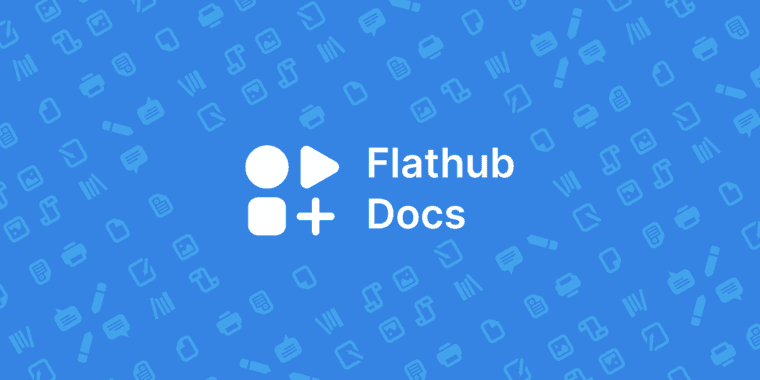Annotation
- Introduction
- Enhanced Compliance Infrastructure
- Implementation Requirements
- Pros and Cons
- Conclusion
- Frequently Asked Questions
Flathub Launches Enhanced License Compliance Tools for Linux Developers
Flathub introduces enhanced license compliance tools for Linux app developers, automating verification and collaboration with GNOME and KDE to streamline open source software distribution.

Introduction
Flathub, the leading app store for Linux distributions, has rolled out significant improvements to its license compliance infrastructure. These enhancements represent a major step forward in simplifying legal requirements for developers distributing applications through Flatpak packaging. The updates address longstanding challenges in open source software distribution while maintaining developer productivity.
Enhanced Compliance Infrastructure
The new tooling suite provides automated license verification and copyright notice management, developed through close collaboration with major desktop environments and foundational projects. Working alongside GNOME, KDE, and freedesktop-sdk teams, Flathub now offers integrated solutions that scan application metadata and dependencies for proper licensing documentation. This advancement streamlines the traditionally complex process of ensuring compliance across multiple software components and dependencies.
Developers can now leverage updated runtimes that automatically include standardized license templates and validation checks. The system integrates seamlessly with existing developer tools workflows, reducing manual compliance overhead while improving accuracy. For organizations managing multiple applications, these features significantly enhance the efficiency of software distribution pipelines.
Implementation Requirements
Application developers should immediately adopt the latest Flatpak runtimes available through Flathub's updated infrastructure. The platform now provides comprehensive validation tools that automatically flag missing or incomplete license information during the build process. Operating system maintainers are advised to rebuild their distribution images using the newest runtime versions to ensure compatibility with these enhanced compliance features.
The improvements particularly benefit projects using complex dependency chains, where tracking license compatibility across multiple components has historically been challenging. By integrating these tools directly into the package manager ecosystem, Flathub addresses a critical pain point in Linux application development.
Pros and Cons
Advantages
- Automated license verification reduces manual compliance work
- Integration with major desktop environments ensures broad compatibility
- Standardized templates simplify copyright notice management
- Real-time validation during build process catches issues early
- Improved legal protection for developers and distributors
- Streamlined updates through centralized runtime management
Disadvantages
- Requires developers to update existing applications
- Additional learning curve for new compliance workflows
- Potential compatibility issues with legacy build systems
- Increased build time due to comprehensive license scanning
Conclusion
Flathub's enhanced license compliance tools mark a significant advancement for the Linux application ecosystem. By addressing legal requirements through automated, integrated solutions, the platform reduces barriers for developers while maintaining high standards for open source compliance. These improvements strengthen Flathub's position as a reliable app store solution and demonstrate the Linux community's commitment to sustainable software distribution practices that benefit both developers and end users.
Frequently Asked Questions
What are Flathub's new license compliance tools?
Flathub's enhanced tools automate license verification and copyright management for Linux applications, developed with GNOME, KDE, and freedesktop-sdk teams to streamline legal compliance in Flatpak packaging.
How do developers implement these compliance features?
Developers should update to the latest Flatpak runtimes from Flathub, which include automated license validation and standardized templates that integrate seamlessly with existing build workflows.
Which projects collaborated on these compliance improvements?
The enhancements resulted from collaboration between Flathub, Flatpak, freedesktop-sdk, GNOME, and KDE teams, ensuring broad compatibility across Linux desktop environments.
What are the key advantages of these compliance tools?
Key advantages include automated license verification, reduced manual work, integration with major desktops, and real-time validation during builds, improving efficiency for developers.
How do these tools impact software distribution?
They streamline software distribution by ensuring legal compliance, reducing overhead, and improving efficiency in packaging and updates for Linux applications.
Relevant AI & Tech Trends articles
Stay up-to-date with the latest insights, tools, and innovations shaping the future of AI and technology.
Stoat Chat App: Complete Guide to Revolt Rebranding and Features
Stoat chat app rebranded from Revolt due to legal pressures, maintaining all user data, features, and privacy focus without any required actions from existing users for a seamless transition.
Zorin OS 18: Modern Linux OS with Windows App Support & New Features
Zorin OS 18 is a Linux distribution with a redesigned desktop, enhanced Windows app support, and web apps tool, ideal as a Windows 10 alternative with long-term support until 2029.
AV Linux 25 & MX Moksha 25 Released with Enhanced File Manager & VM Features
AV Linux 25 and MX Moksha 25 are new Linux releases based on Debian Trixie, featuring enhanced file management with Quickemu and YT-DLP integration, tailored for multimedia production and lightweight computing.